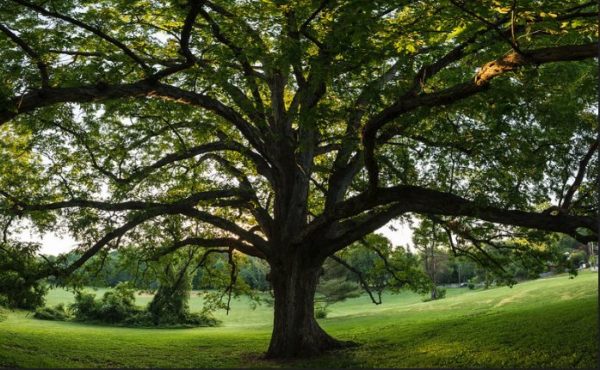Across Northern Virginia, oak trees have started dying in significant numbers — including in Arlington.
The decline, formally called “oak dieback,” has been the subject of research and speculation for months by naturalists.
In a fact sheet produced in collaboration with groups including the Arlington Urban Forestry Commission and Arlington Regional Master Naturalists, experts cite the stress of recent droughts and extreme storms, along with construction damage, as potential causes for the dieback.
However, “oak decline is a complex disease with no single causal agent,” writes Lori Chamberlin of the Virginia Department of Forestry.
Currently, county officials are directing concerned residents to use prevention methods on their trees, and to be careful of how they treat trees without an accurate disease diagnosis.
Nora Palmatier of the Tree Stewards of Arlington and Alexandria offered the following advice for trying to fend off tree decline:
- Avoiding damage to trees, caused by anything from landscaping to rebuilding a home
- Water trees during dry spells
- Revitalize the soil with wood chips
Some of the troubled oak trees are on Arlington’s list of “Champion Trees.” Elizabeth Grossman, a representative from the Arlington Tree Action Group, said the county should be held more accountable for its oak tree loss.
“I’ve lived in Arlington Forest almost 30 years, and the rate of tree decline is alarming — I’ve lost two mature oaks this summer and are the first two trees I have lost in all the years I’ve lived here,” Grossman said, pointing to the Arlington Forest neighborhood and the area around Lubber Run as two particularly damaged spots.
“Arlington County has done nothing more than put out the document you have identified, and it is not particularly useful,” Grossman said.
Flickr pool photo by Dennis Dimick


